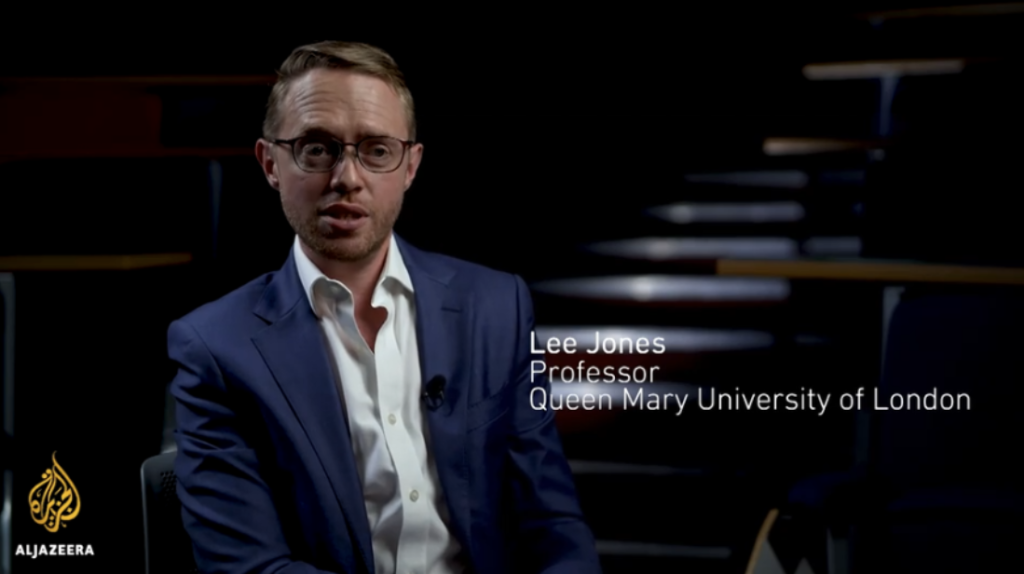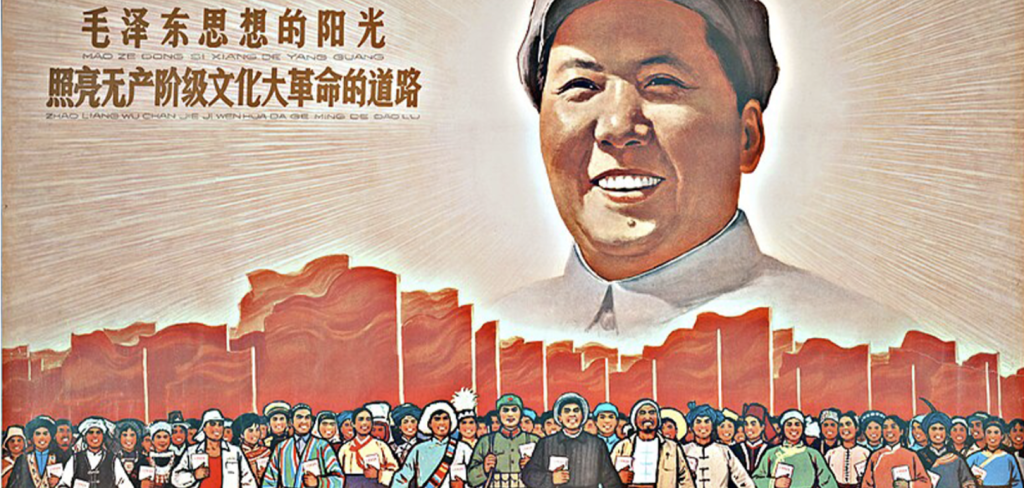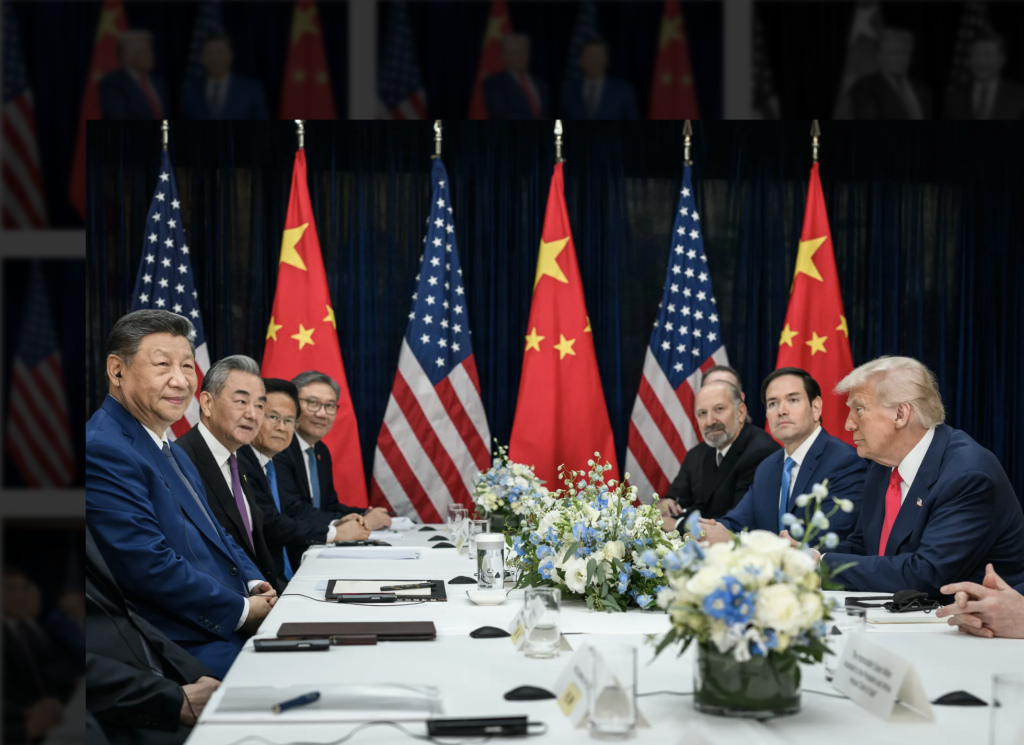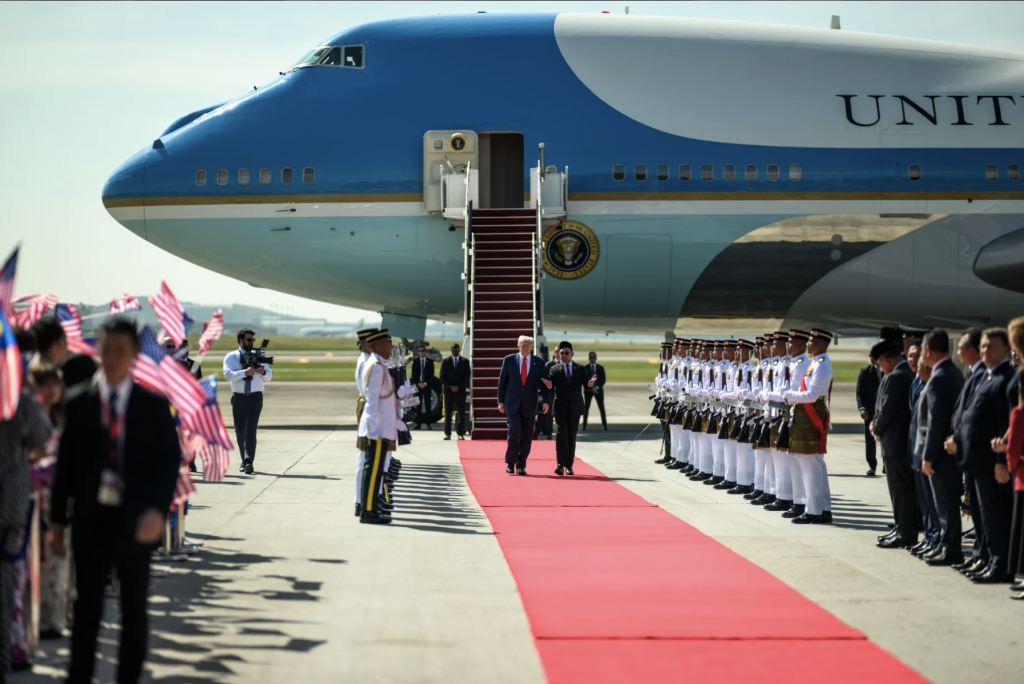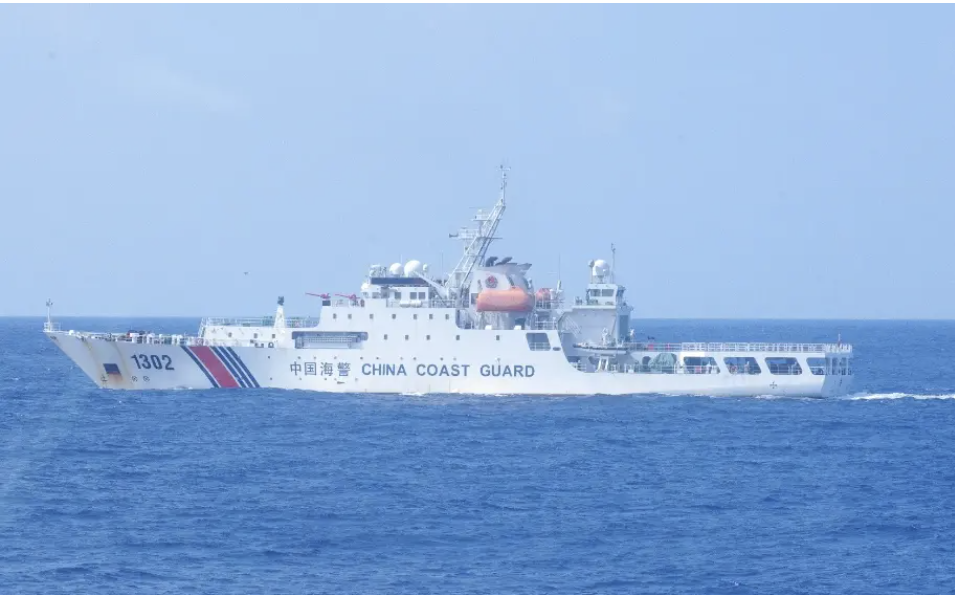A Victim of Geopolitical Tensions: The Fate of the Historic U.S.-China Science Agreement
- Analysis
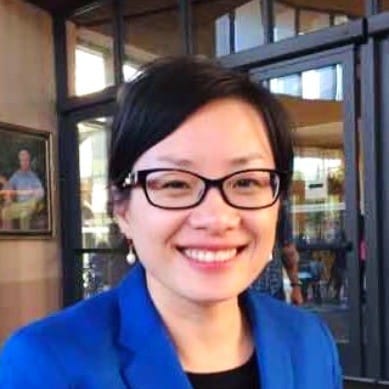 Juan Zhang
Juan Zhang- 09/23/2024
- 0

“Negotiations are ongoing and will likely resume after the U.S. election. The core of the agreement remains in place,” said Caroline Wagner, a professor at Ohio State University who does science policy research, speaking about the U.S.-China Science and Technology Cooperation Agreement (STA) that failed to renew at the end of August.
The Latest Expiration and Its Past Signing
The historical STA was one of the first agreements signed on January 31, 1979, weeks after China and the United States established diplomatic relations under then-U.S. President Jimmy Carter and China’s paramount leader at the time, Deng Xiaoping.
Since then, the STA has been renewed every five years with amendments. It even had a five-year renewal in 2018 when the bilateral relationship entered its initial slide. The course was reversed during the Biden administration. While the competitive nature of bilateral relations has continued, a significant new factor – Beijing’s tacit support of Russia’s invasion of Ukraine — has deepened the bilateral rift.
When the STA was in danger of lapsing in August 2023, the pact’s renewal became especially uncertain. On August 21, 2023, two leading Standford physics professors sent an open letter to the White House, strongly urging the administration to renew the STA. With over 1,000 scientists’ signatures, the letter stated, “This agreement has been of enormous benefit to the United States.”
Shortly after this open letter was issued, the Biden administration temporarily extended the pact for six months. In February, the administration extended it by another six months.
The latest deadline, August 27, has passed, and there are no current efforts for a renewal. However, a U.S. Department of State spokesperson told Nature that the two nations remain in communication about this issue.
In an email interview with the U.S.-China Perception Monitor, Dr. Wagner, who has worked with colleagues in China on a regular basis and “very much values their intelligence and understanding of science policy,” chose not to use the word “expired.”
“As far as I know, the agreement only lapsed, not expired,” said Wagner. She also pointed out that the current status of the relationship is an important backdrop for the lapse. While indicating “most researchers continue to work together in trusted partnerships”, she acknowledged the geopolitical environment between the two countries as the most challenging obstacle for STA’s renewal.
The STA Under Intense Geopolitical Competition
The STA is an umbrella type of agreement that does not specify details of certain cooperation areas but is a “prerequisite for government-to-government cooperation.” Under the general guidance of the STA, bilateral sub-agreements in areas such as public health or climate change are negotiated.
Within the current political climate, such an agreement has increasingly become a foundation and “insurance” for scientists from both countries to work together.
In the U.S., the now-defunct China Initiative, a Trump-era policy that was designed to combat economic espionage but had disproportionately targeted Chinese American scientists, has caused a chilling effect on the scientific community, especially among those of Chinese ethnic background. There are reports indicating that a growing number of Chinese American scientists are leaving the U.S. for positions abroad, and U.S.-China research collaborations are facing a sharp decline.
On China’s part, some of the policies adopted by the government have not made the situation easier. Policymakers and scholars in China discussed whether to encourage their scientists to prioritize publishingtheir research papers in domestic journals rather than international journals. Coupled with other high-tech restrictions by the US and geopolitical competition, there is a possibility that China is becoming more and more closed off.
In the agreement’s early years, the motivations for the two countries to enter an STA were quite different. China’s main goal was to learn from the United States for its development, and the STA was a part of the U.S. strategy to build ties with China to counter the influence of the Soviet Union. “During the 1980s and 1990s, U.S. strategy shifted, and science and technology (S&T) ties became part of a broader U.S. effort to integrate China into the global system and influence its development trajectory and behavior,” according to the Congressional Research Service.
Following another decade of China’s fast rise, the two countries are locked in fierce competition over high-tech and dominance in other military and economic fields. When science and politics are “interlinked,” as Dr. Yasheng Huang of MIT put it, scientific and technological cooperation between the two countries is naturally affected.
In a recent article published by Nature, Yasheng Huang noted that “U.S.-China relations are too important to be left entirely to the politicians,” urging that during heightened geopolitical tensions, “scientists should not be mere bystanders; they should leverage their personal and professional connections to promote dialogue and understanding.”
To reach this goal, Huang proposed that the scientific community should work on “more pragmatic narratives” and “an operational program” that can meet the demands of protecting national security and, in the meantime, ensure “some aspects of productive collaboration between the two countries.”
In her interview with The Monitor, Wagner pointed out that the G7 Research Compact, part of the G7 Summit Communique announced in Cornwall, England, in 2021, could serve as a “guide” for a new STA with China. It will allow collaboration between the United States and China in science and technology to adhere to international engagement norms that “are part of effective operation of scientific innovation.”
Currently, the U.S. has 60 bilateral and multilateral STAs, including those with the European Union, Japan, South Korea, and Brazil. But in practice, Wagner pointed out, “Most of America’s relationships with other countries, especially among the scientific leading nations, do not refer back to an agreement – researchers work together due to common interests and the norms of science itself.”
As for the STA with China, Wagner envisioned that an ideal situation would be for the two countries to “work towards a relationship where we do not need a political agreement to conduct cooperative research that adds to the stock of knowledge – a global public good.”
While Wagner’s vision is out of reach at present, the U.S. science community agreed that the STA is a mutually beneficial agreement.
In an editorial in February 2024, Nature listed a number of critical collaborations between scientific communities in both countries, ranging from environmental protection, education exchange, and other global challenges. It would be “a dangerous folly to end the US-China science pact,” said the article.
Juan Zhang is a senior writer for the U.S.-China Perception Monitor and managing editor for 中美印象 (The Monitor’s Chinese language website).
The views expressed in this article represent those of the author(s) and not those of The Carter Center.
Author
-

Juan Zhang is a senior writer for the U.S.-China Perception Monitor and managing editor for 中美印象 (The Monitor’s Chinese language publication).

